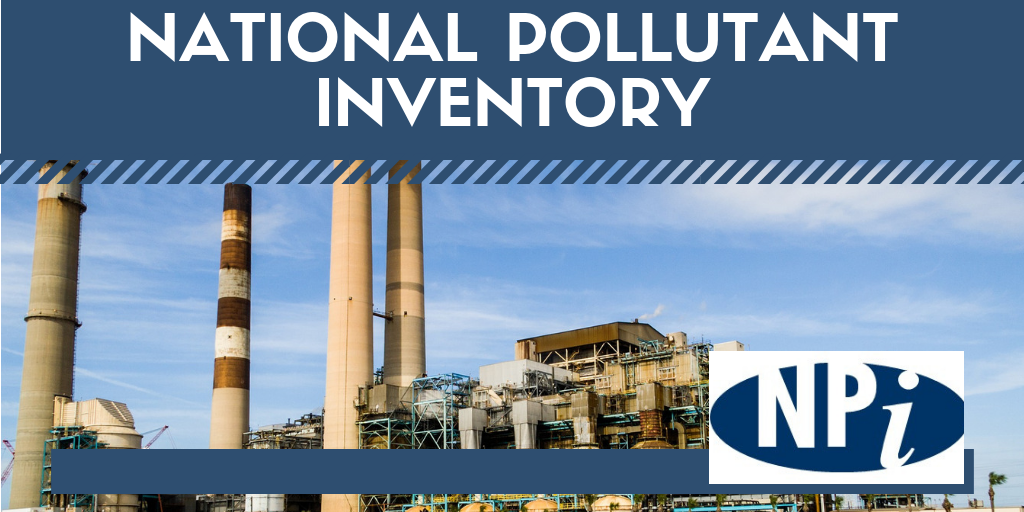Download PDF: ISPL Insight – National Pollutant Inventory
It is that time of year again, many Environmental Officer and Advisors are running around trying to complete their NPI reports. For those in that space, be relieved it is almost over for another year and for some of your maybe you are just not aware or involved in NPI reporting, if this is the case this Insight might be of interest.
What is the National Pollutant Inventory?
 The National Pollutant Inventory (NPI) is a public database providing information about substance emissions in Australia. The NPI tracks pollution, emissions and transfer of toxic substances from industry, transport, commercial premises and household activities. The community, industry and government can access the data provided by the NPI for free (Dept of the Environment and Energy 2018).
The National Pollutant Inventory (NPI) is a public database providing information about substance emissions in Australia. The NPI tracks pollution, emissions and transfer of toxic substances from industry, transport, commercial premises and household activities. The community, industry and government can access the data provided by the NPI for free (Dept of the Environment and Energy 2018).
The legislative framework for the NPI program is the National Environment Protection (National Pollutant Inventory) Measure (NPI NEPM), which outlines the national objectives for protection of particular environmental aspects. All Australian States and Territories are responsible for implementing the NPI program within their jurisdiction. In Western Australia, the Department of Environment Regulation (DER) is responsible for collecting and reviewing NPI data before it is published on the NPI website in March each year.
Objectives of the NPI
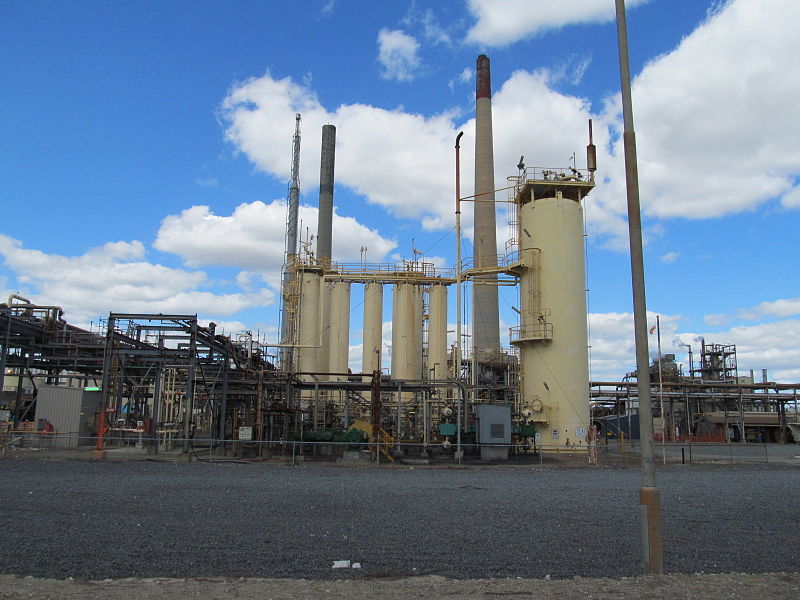 The main objective of the NPI is to ensure that the community can access information about the toxic substance emissions that may affect them and the environment locally. The NPI program is designed to help protect and manage aspects of the environment affected by toxic substances. Desired outcomes of the program include preserving air & water quality, minimise environmental impacts associated with hazardous waste and substances and promote the sustainable resource use (Dept of the Environment and Energy 2018).
The main objective of the NPI is to ensure that the community can access information about the toxic substance emissions that may affect them and the environment locally. The NPI program is designed to help protect and manage aspects of the environment affected by toxic substances. Desired outcomes of the program include preserving air & water quality, minimise environmental impacts associated with hazardous waste and substances and promote the sustainable resource use (Dept of the Environment and Energy 2018).
Other objectives of the NPI program include:
- Improving environmental quality
- Increasing awareness and understanding of the types and quantity of toxic substances emitted
- Encouraging industry to use cleaner production techniques
- Tracking environmental progress
- Providing Community with the information they have a right-to-know
- Assisting government with identifying environmental priorities.
NPI Database
The NPI is an internet-based database, displaying substance emission types and amounts on a geographical basis. The NPI database can be accessed via the NPI website or through downloading the NPI dataset from data.gov.au. You can browse the NPI database by Category (Location, Industry, Company or Substance), Search by Map or Search by Form.

NPI Database: Search by Location (Kwinana)
NPI Data
Where the data comes from?
There are three main sources of NPI data: facility emissions, facility transfers and diffuse emissions.
Australian industrial facilities are required by law to report emission and transfer data to the NPI annually if they meet the reporting criteria. The reporting criteria is based on the amount of fuel and/or electricity used, and when any NPI substance thresholds are exceeded. Facilities are grouped into industry sectors (as classified by the for comparison purposes. Facilities are assigned an ANZSIC code to describe the kind of activities they undertake. View the list of ANZSIC codes for NPI reporting here.
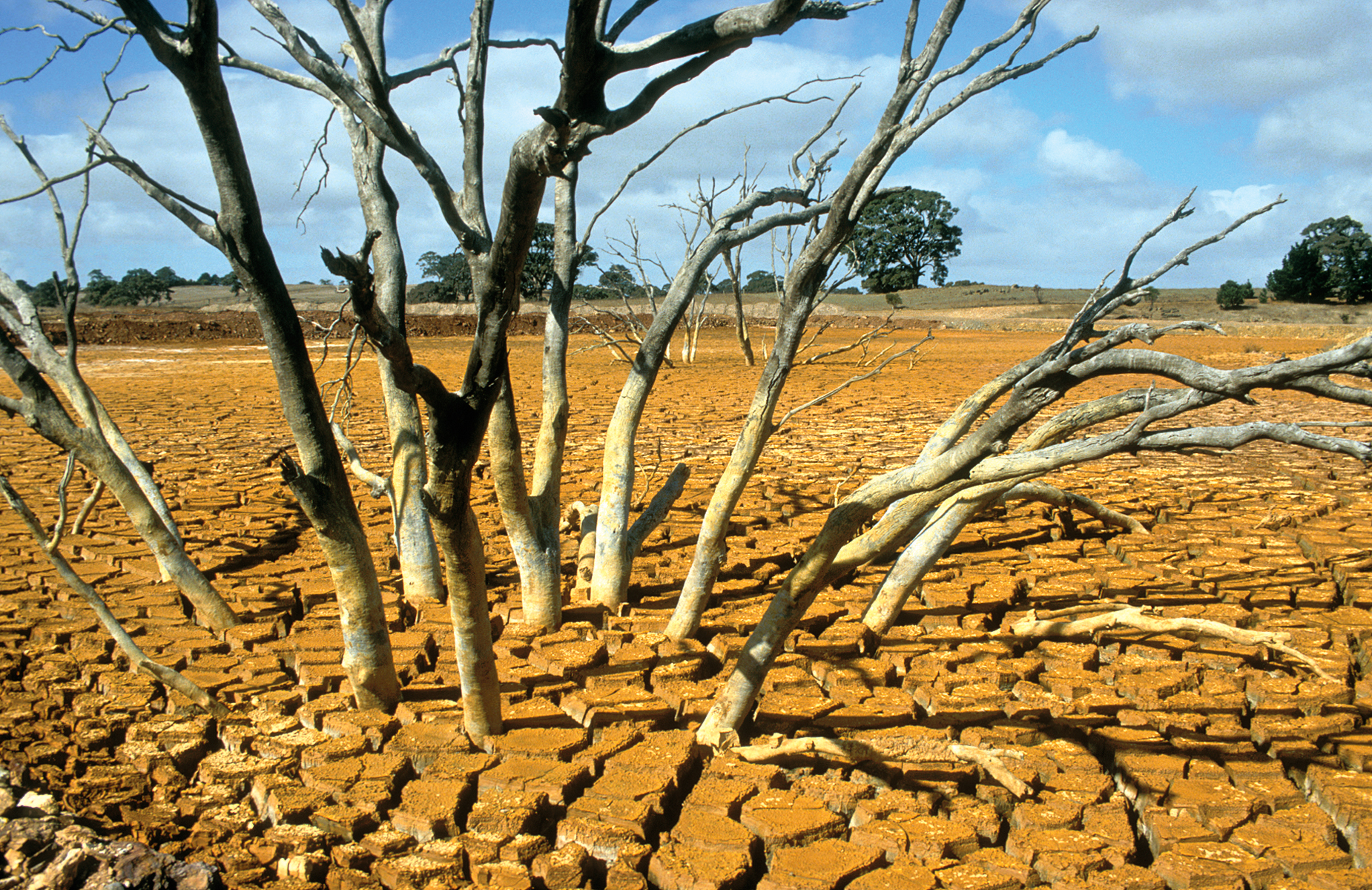
Dry bed of the tailings dam at the Brukunga Pyrite Mine, east of Adelaide in the Mount Lofty Ranges, South Australia. 1992.
Facility transfers are the movement (on-site or off-site) of NPI substances in waste to a mandatory or voluntary reporting transfer destination. Mandatory reporting transfer destinations include landfill, underground injection facilities, tailings dams and other built waste storage or destruction structures. A voluntary reporting transfer destination is where NPI substances are transported to for reuse, recycling or reprocessing. Transfer data is displayed separately from emission data (Dept of the Environment and Energy 2018).
The Department of Environment has produced a guide for determining whether a facility is required to report to the NPI: National Pollutant Inventory Guide.
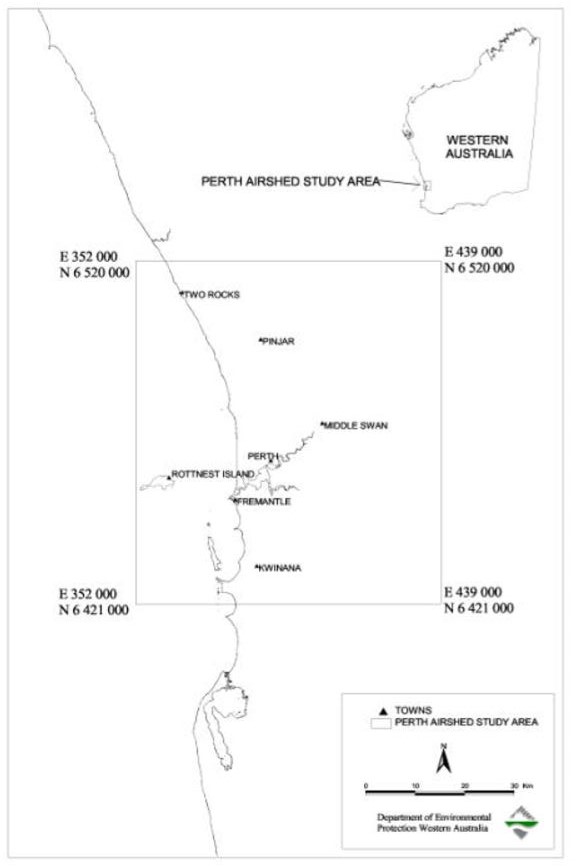
Perth Airshed Study Source: Western Australia DER
Diffuse emissions are emissions within airshed (a body of air, bounded by meteorology and topography) and water catchment (land area drained by a creek or river system) study areas. Diffuse emissions include data from non-industries, mobile and small industries to provide a more comprehensive overview of total emissions output across Australia (Dept of the Environment and Energy 2018). These emissions are estimated by state and territory agencies and updated as the studies are completed (not annually). In WA, the DER periodically conducts studies in selected airshed and water catchment areas (Dept of Water and Environmental Regulation WA 2018).
What substances are listed?
Emissions of toxic substances to air, land and water, and the transfer of substances are tracked by the NPI. 93 priority substances are listed and tracked by the NPI. These substances have been identified due to their potential effect on human health and the environment. The NPI has made fact sheets available online describing the exposure circumstances, common uses, emission sources, and physical and chemical properties of the 93 substances. (Dept of the Environment and Energy 2018). When interpreting NPI data it is important to consider that each NPI substance listed has unique properties and levels of toxicity. As a result, it is misleading to measure pollution by adding together emissions of different substances. Other substances of concern, like greenhouse gases and pesticides, are not tracked by the NPI because their emissions are regulated through other separate government programs.
NPI Reports & Key Dates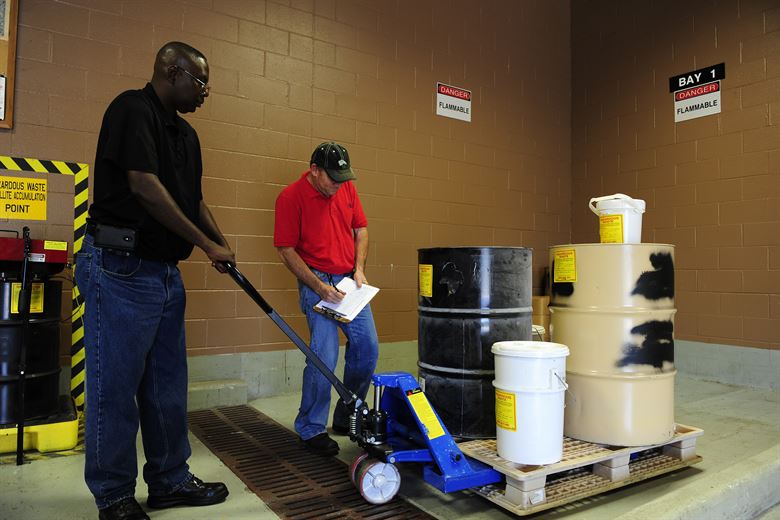
The NPI has been operating in Australia for over 19 years. NPI data is published annually, and the NPI reporting period for Industry is from 1 July to 30 June. Currently more than 4,000 facilities report annually to the NPI. NPI diffuse emission data is updated less frequently. (Dept of the Environment and Energy 2018)
- 31 March – NPI Facility Data publicly released by Australia Government (for preceding reporting year)
- 1 July – the NPI reporting period commences on 1 July for each year for most reporters
- 30 September – reporting facilities provide information on the previous reporting period to the state or territory environment agency in its jurisdiction
- 31 December – state and territory environment agencies review all NPI reports for accuracy and forward the data to the Australian Government
If you or your organisation would to learn more about the NPI or require assistance in interpreting NPI data please contact us at Integrate Sustainability at enquiries@integratesustainability.com.au or call 08 9468 0338.
References
Dept of the Environment and Energy. 2018. National Pollutant Inventory. Accessed 09 05, 2018. http://www.npi.gov.au/.
Dept of Water and Environmental Regulation WA. 2018. National Pollutant Inventory – Department of Water and Environmental Regulation. Accessed 09 10, 2018. https://www.der.wa.gov.au/our-work/programs/29-national-pollutant-inventory.

